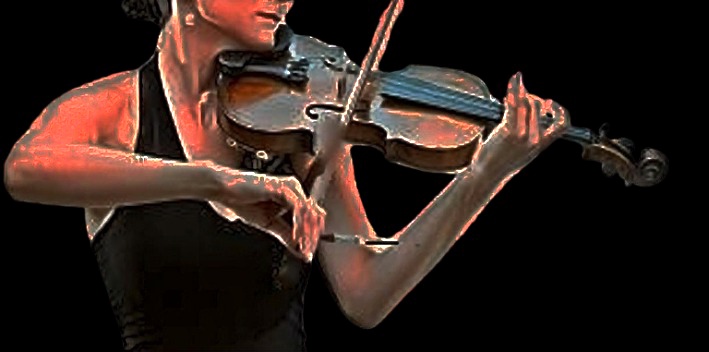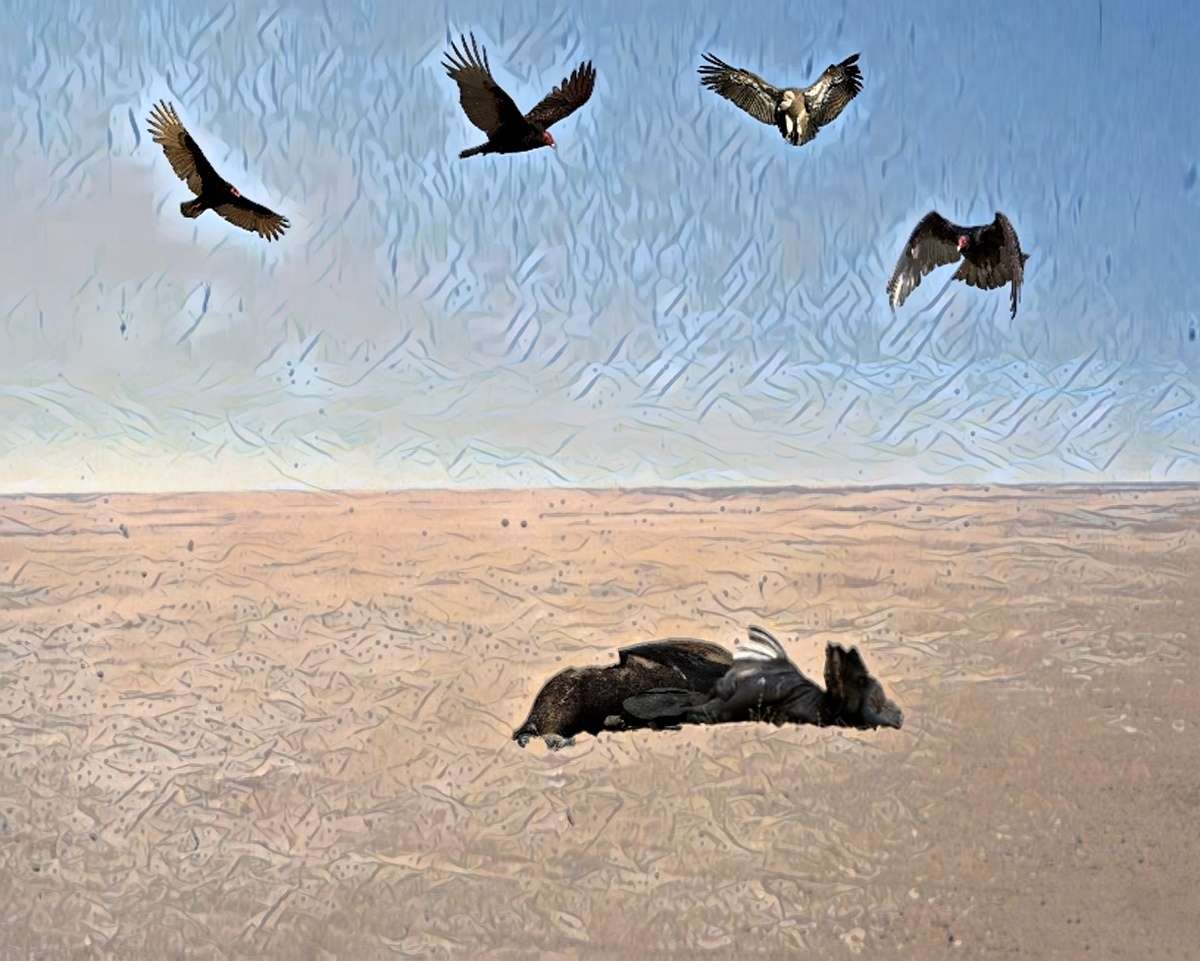
In this artwork a train is passing underneath a frozen lake.
“Think outside the box” – a phrase so ubiquitous it borders on cliché. Yet, despite its familiarity, truly innovative thinking remains a scarce commodity. Why is it so difficult to break free from conventional thought patterns and embrace novel solutions? This article delves into the multifaceted reasons why only a select few seem to possess this elusive ability.
The Constraints of Cognitive Bias
Our minds, while remarkable, are prone to cognitive biases – mental shortcuts that simplify information processing but can also blind us to alternative perspectives.
- Confirmation Bias: We tend to favor information that confirms our existing beliefs, leading us to dismiss or downplay evidence that contradicts our worldview.This makes it difficult to entertain radical new ideas.
- Anchoring Bias: Our initial judgments heavily influence subsequent evaluations, even if the initial information is flawed or irrelevant.This can anchor our thinking to established norms and prevent us from exploring truly novel avenues.
- Availability Heuristic: We tend to overestimate the likelihood of events that are easily recalled or readily available in our memory.This can limit our ability to consider less obvious but potentially more impactful solutions.
The Power of Social Conditioning
From a young age, we are socialized to conform to societal norms and expectations. This emphasis on conformity can stifle creativity and discourage independent thought.
- Fear of Judgment: The fear of being ridiculed or ostracized for unconventional ideas can be a powerful deterrent to creative expression. This fear can lead to self-censorship and prevent individuals from exploring their true potential.
- Groupthink: Within groups, there’s a strong pressure to conform to the prevailing opinion, even if it’s flawed.This can lead to a suppression of dissenting voices and hinder the emergence of truly innovative ideas.
- Educational Systems: Traditional educational systems often prioritize rote learning and standardized testing, which can stifle creativity and discourage divergent thinking.

The Role of Personality and Cognitive Style
Certain personality traits and cognitive styles may predispose individuals towards more creative thinking.
- Openness to Experience: Individuals high in openness to experience tend to be more curious, imaginative, and receptive to new ideas.They are more likely to embrace ambiguity and explore unconventional paths.
- Divergent Thinking: This cognitive style involves generating multiple and diverse solutions to a given problem. Individuals with strong divergent thinking skills are better equipped to break free from conventional thinking patterns.
- Intrinsic Motivation: Individuals driven by intrinsic motivation, such as a deep-seated curiosity or a passion for a particular subject, are more likely to persist in the face of challenges and pursue novel solutions.
Cultivating Out-of-the-Box Thinking
While the ability to think outside the box may seem innate, it can also be cultivated through deliberate effort.
- Embrace Curiosity: Cultivate a lifelong curiosity about the world around you. Ask questions, explore new subjects, and challenge your assumptions.
- Develop Divergent Thinking Skills: Engage in activities that encourage divergent thinking, such as brainstorming, mind mapping, and creative writing.
- Embrace Failure: View failures as learning opportunities, not as setbacks.Embrace experimentation and don’t be afraid to take risks.
- Seek Diverse Perspectives: Interact with people from different backgrounds and viewpoints. Exposure to diverse perspectives can broaden your horizons and challenge your existing assumptions.
- Cultivate a Growth Mindset: Believe in your ability to learn and grow. Embrace challenges and view setbacks as opportunities for improvement.
Thinking outside the box is not merely a matter of intelligence or talent; it’s a skill that can be cultivated and honed. By understanding the constraints that limit our creativity and cultivating the necessary mindset, we can all unlock our potential for innovation and contribute to a more creative and dynamic world.







